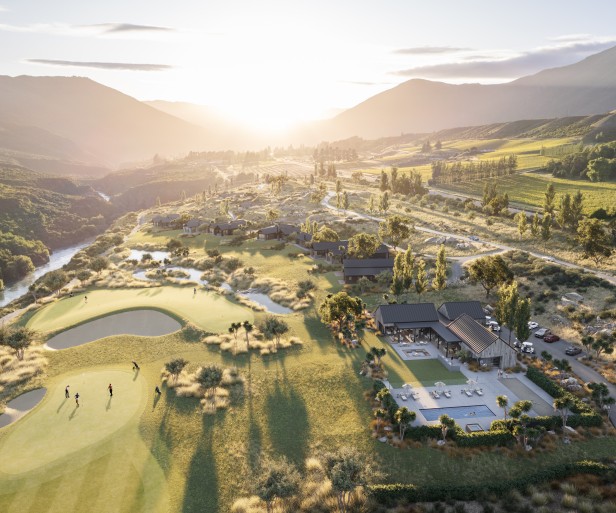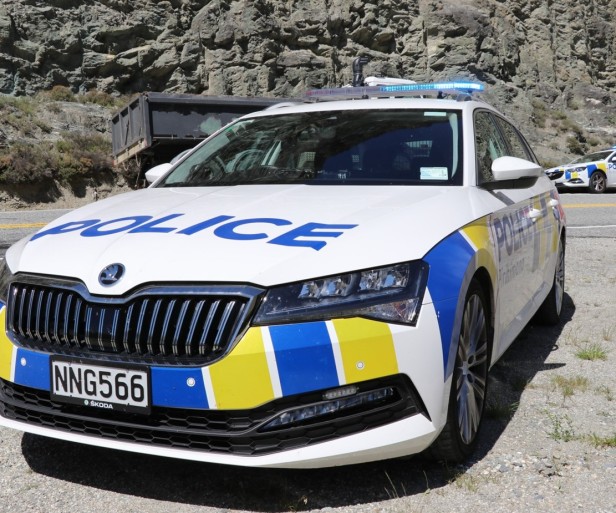Aussie couple plucked off Mount Earnslaw
An inexperienced Australian alpine climbing couple had to be rescued from a steep snowy rockface near the summit of Mount Earnslaw, near Queenstown, on Sunday night (27/28 July) after their rope jammed and they realised they were out of their depth.
Wakatipu Alpine Cliff Rescue Team rescue coordinator Tarn Pilkington says it’s a pattern they’re seeing more frequently with overseas visitors who see stunning summit posts on social media and online and underestimate the seriousness of the climbs.
Police called in the team and the Heli Otago rescue helicopter to rescue the pair on Sunday evening after they raised their alarm calling Police for help via their Garmin inReach satellite device.
A rescue helicopter using pilots with night vision goggles flew in specialist local cliff rescuers Karl Johnson and Jono Gillan to reach the pair after they realised they didn’t have the skill to descend without ropes, Pilkington says. They’d also improvised some of their climbing equipment like harnesses, securing them with climbing tape, which was not good practice.
“They’d been trying to climb from Esquilant Bivvy where there’s a climbing hut in a saddle just below the summit, but they got to a point where they decided it was too late in the day, so turned around, using their rope to abseil down.” However, the rope had jammed during the descent, and they couldn’t pull it free. “Fortunately, they decided they didn’t have the skill level to descend the very steep snowy slope, especially at night, so they raised the alarm with Police.”
The pair were easy to locate, hunkered down near the top of the steep slope. Johnson and Gillan were winched down from the helicopter to the bottom of the slope, climbing up to them. The cliff rescuers secured them and winched them up to the helicopter, which evacuated them to their car in the Rees Valley, during the early hours of yesterday (Monday, 29 July).
“They appeared to be inexperienced to take on a winter climb objective like Earnslaw,” Pilkington says. “They weren’t properly equipped and underestimated the times, scale and seriousness of the climb in winter conditions.”
A reasonably popular climb in the second half of summer, Pilkington says the 2819m peak would only be tackled outside of that time by confident, experienced climbers, who’d be up and back in a day comfortably.
The pair had sleeping bags so were obviously planning to stay at the bivvy hut on their way down. Both had rockclimbing experience, but little alpine experience. It was the woman’s first alpine climb.
“We often see this, overseas visitors come here, and they don’t have that foundation of climbing experience so they can underestimate times, hazards and the risks involved,” Pilkington says. “We’ve rescued a number of different nationalities off the Remarkables and Earnslaw over the years.” Some of the major rescues they’ve been involved with in the last six months have involved English, Israelis and Australians, he says.
He’s urging people to get good advice from experienced local climbers or guides so that they understand what they’re taking on before they go into these remote mountains. “There can be serious consequences if you get it wrong,” he says. “To their credit when their rope was stuck, they decided to hunker down and ask for rescue, but that can be avoided if people are better equipped or go with a guide.”
“We’re definitely seeing a pattern with overseas people venturing into these places ill-informed and ill-equipped,” Pilkington says.
“Unfortunately, there are plenty of photos and there’s information circulating on social media and online. People are doing it, they’re standing on summits, but it doesn’t describe in detail what you need to safely undertake these trips.
“With the huge growth in social media these people can get the wrong impression that climbs like these are easy to take on, maybe also expecting to take things a little faster than they actually should.”
“Earnslaw in winter is definitely something for experienced, confident climbers, or guided, or with other experienced climbers, not a couple of overseas visitors on their own,” he says.









